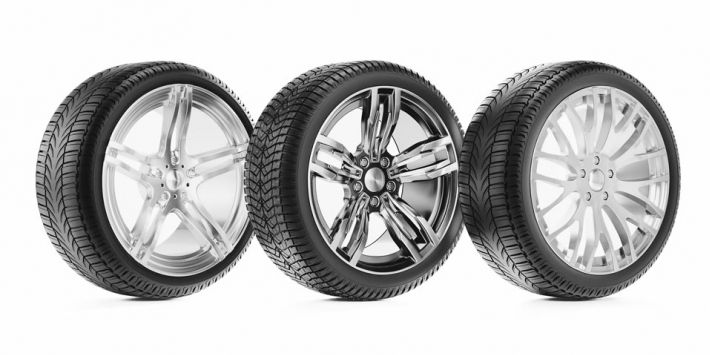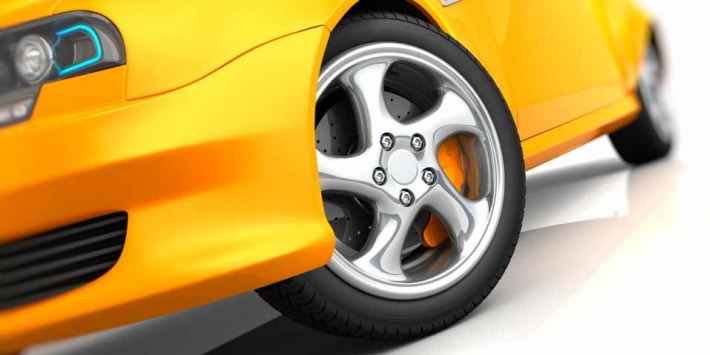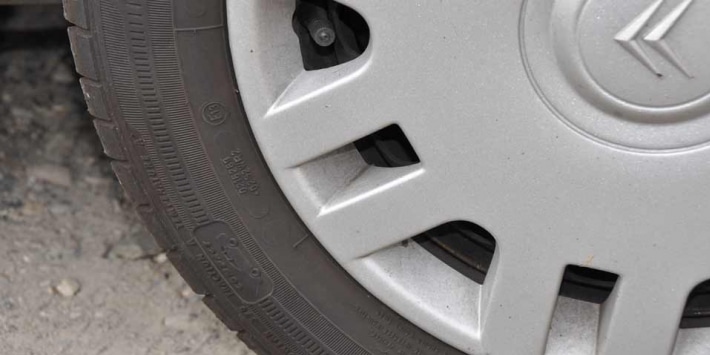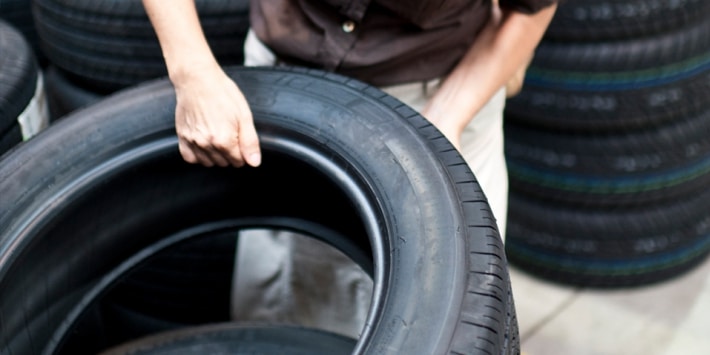Did you know that when you search for a specific tyre size on rezulteo, we also suggest tyres in compatible sizes with a different load index and/or speed rating? So, which sizes can be recommended, and which cannot? And are there any benefits to choosing tyres with a different load index and speed rating to your original tyres? Read on for all the details.
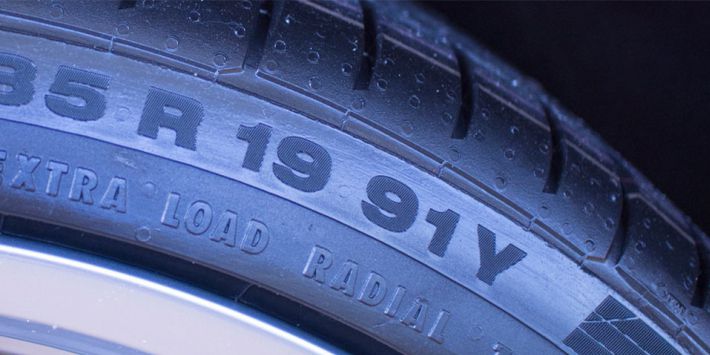
What is an “approved” tyre size?
Car manufacturers assign one or more “approved” tyre sizes to their vehicles to ensure safety and compliance with legislation.
When buying tyres online or from your local garage, you may be offered tyres with a load index and speed rating that differ from the approved size, for example with a different letter (91V becomes 91W) or a higher number (91V becomes 94W).
Load index: what does it refer to?
The tyre load index is the last two numbers of the size: 205 55 R16 91W. This number refers to the maximum load the tyre can carry. With your load index, you can use the table below to find the maximum load of your tyres in kg.
| Load index | Weight in kg | Load index | Weight in kg |
| 20 | 80 | 78 | 425 |
| 22 | 85 | 79 | 437 |
| 24 | 85 | 80 | 450 |
| 26 | 90 | 81 | 462 |
| 28 | 100 | 82 | 485 |
| 30 | 106 | 83 | 487 |
| 31 | 109 | 84 | 500 |
| 33 | 115 | 85 | 515 |
| 35 | 121 | 86 | 530 |
| 37 | 128 | 87 | 545 |
| 40 | 136 | 88 | 560 |
| 41 | 145 | 89 | 580 |
| 42 | 150 | 90 | 600 |
| 44 | 160 | 91 | 615 |
| 46 | 170 | 92 | 630 |
| 47 | 175 | 93 | 650 |
| 48 | 180 | 94 | 670 |
| 50 | 190 | 95 | 690 |
| 51 | 195 | 96 | 710 |
| 52 | 200 | 97 | 730 |
| 53 | 206 | 98 | 750 |
| 54 | 212 | 99 | 775 |
| 55 | 218 | 100 | 800 |
| 58 | 218 | 101 | 825 |
| 59 | 243 | 102 | 850 |
| 60 | 250 | 103 | 875 |
| 61 | 257 | 104 | 900 |
| 62 | 265 | 105 | 925 |
| 63 | 272 | 106 | 950 |
| 64 | 280 | 107 | 975 |
| 65 | 290 | 108 | 1000 |
| 66 | 300 | 109 | 1030 |
| 67 | 307 | 110 | 1060 |
| 68 | 315 | 111 | 1090 |
| 69 | 325 | 112 | 1120 |
| 70 | 335 | 113 | 1150 |
| 71 | 345 | 114 | 1180 |
| 72 | 355 | 115 | 1215 |
| 73 | 365 | 116 | 1250 |
| 74 | 375 | 117 | 1285 |
| 75 | 387 | 118 | 1320 |
| 76 | 400 | 119 | 1360 |
| 77 | 412 | 120 | 1400 |
Speed rating: what does it refer to?
The tyre speed rating or symbol is the letter at the end of the size: 205 55 R16 91W. This alphabetical code refers to the maximum theoretical speed at which the tyre can be driven. With your speed rating, you can find the tyre’s maximum speed in km/h using the table below:
| Rating | maximum speed | Rating | maximum speed |
| J | 100 km/h | S | 180 km/h |
| K | 110 km/h | T | 190 km/h |
| L | 120 km/h | U | 200 km/h |
| M | 130 km/h | H | 210 km/h |
| N | 140 km/h | V | 240 km/h |
| P | 150 km/h | W | 270 km/h |
| Q | 160 km/h | Y | 300 km/h |
| R | 170 km/h | ZR | > 300 km/h |
For more info, consult our guide “How to read tyre markings”
Why do we suggest alternative sizes?
At rezulteo, we want to help you buy tyres that fit your needs and ensure your safety, while complying with legal requirements. We therefore suggest approved tyre sizes which may have a different load index and speed rating to those originally fitted on your car. This allows you to have a greater choice of compatible tyres.
What are the advantages for you?
- you will have a wider selection of tyre choices that may allow you to find a cheaper price.
- choosing a higher speed rating can potentially offer a sportier driving sensation.
- choosing a lower speed rating for winter tyres is likely to improve traction on snowy surfaces.
What does the law say?
According to UK law, replacement tyres must have a load index suitable for your car when fully-loaded. They must also have a speed rating capable of meeting your vehicle’s maximum speed.
When suggesting tyres in our comparison tool, rezulteo takes these points into account and may in some cases suggest tyres with a different load or speed index from your initial request but which are compatible in terms of legal and safety requirements.
What rules are applied to your tyre search?
rezulteo recommends products in accordance with current legislation and our own recommendations. Which tyres appear in your search results is decided according to the following rules:
If you search for summer tyres in a manufacturer-approved size
Results include:
- summer tyres in the exact size searched for
- summer tyres with a higher load index and/or higher speed rating
=> For example, if you search for 205 55 R16 91 V.
Results include tyres in:
- 205 55 R16 91V
- 205 55 R16 91W
- 205 55 R16 94V
- 205 55 R16 94W
If you search for winter tyres in a manufacturer-approved size.
Results include:
- winter tyres in the size recommended by your manufacturer
- winter tyres with a speed rating up to two ratings lower than the original
=> For example, if you search for 205 55 R16 91 W.
Results include tyres in:
- 205 55 R16 91 W
- 205 55 R16 91 V
- 205 55 R16 91 H
| “on winter tyres: rezulteo can recommend tyres with a maximum or two ratings lower than the size recommended by your manufacturer down to a minimum of Q” |
- 205 55 R16 91U
In the event of non-compliance with recommended sizes …
By ignoring the above recommendations concerning the load index and speed rating approved for or compatible with your vehicle, you risk:
- a fine during a roadside police check
- an MOT retest
- not being covered by your insurance in the event of an accident
- premature and abnormal tyre wear
- reduced performance and safety of your vehicle
- endangering other vehicles and passengers
Consult our guide “2 options to change your tyre size without being fined”
Conclusion: how does rezulteo recommend sizes?
When searching for a tyre, the rezulteo website displays recommendations depending on the size entered, the season and the previously mentioned rules. The comparison table presents a list of tyres in sizes compatible with your vehicle. Tyres with a different load index and/or speed rating to the original size are displayed with an exclamation mark.

